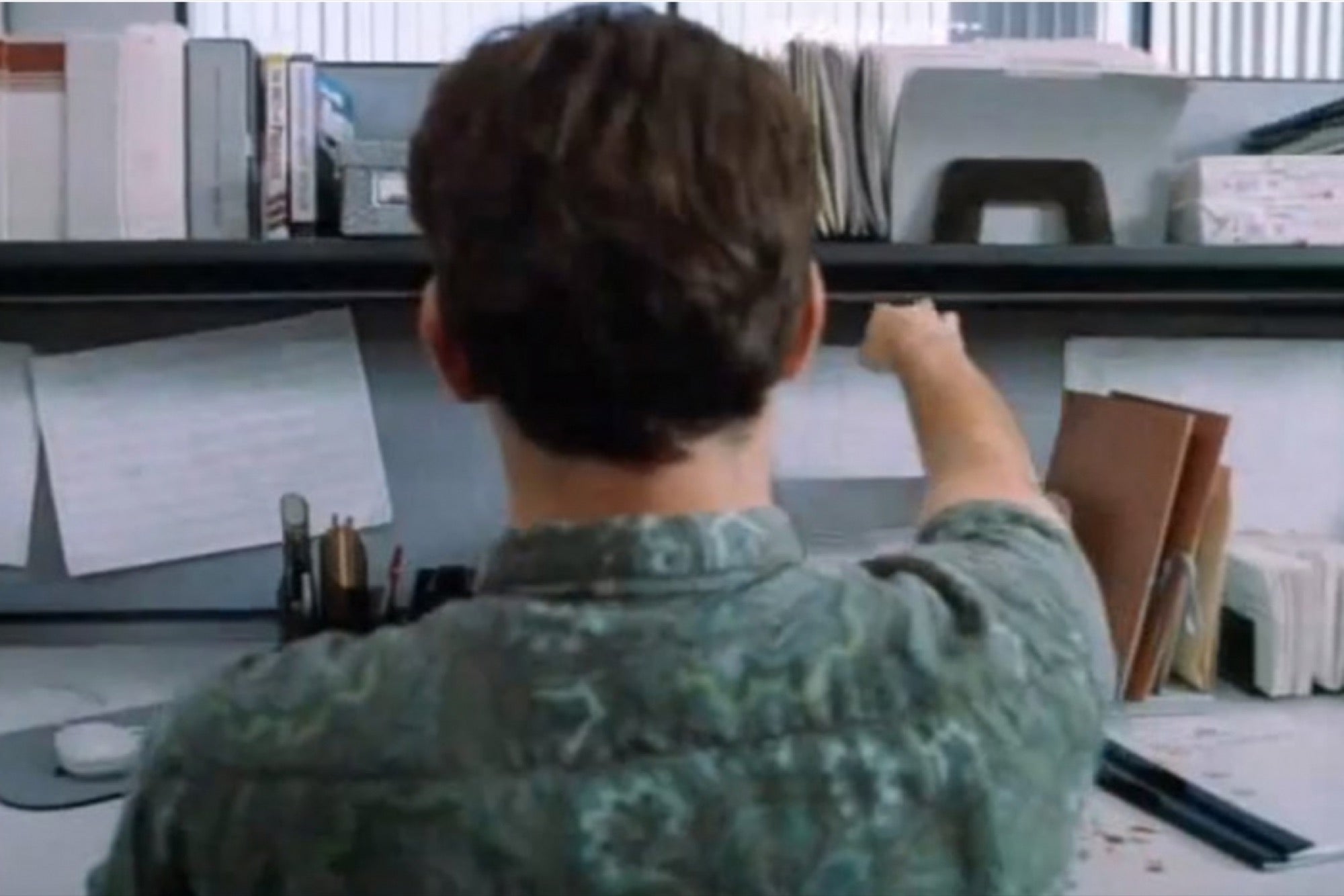Here's Why the 8-Hour Workday Doesn't Work The traditional 9-to-5 schedule is an outdated and ineffective approach to work.
By Travis Bradberry Edited by Dan Bova
Opinions expressed by Entrepreneur contributors are their own.

The 8-hour workday is an outdated and ineffective approach to work. If you want to be as productive as possible, you need to let go of this relic and find a new approach.
The 8-hour workday was created during the industrial revolution as an effort to cut down on the number of hours of manual labor that workers were forced to endure on the factory floor. This breakthrough was a more humane approach to work two hundred years ago, yet it possesses little relevance for us today.
Like our ancestors, we're expected to put in 8-hour days, working in long, continuous blocks of time, with few or no breaks. Heck, most people even work right through their lunch hour!
Related: Here's Why Every Employee Should Have Unlimited Vacation Days
This antiquated approach to work isn't helping us; it's holding us back.
The best way to structure your day
A study recently conducted by the Draugiem Group used a computer application to track employees' work habits. Specifically, the application measured how much time people spent on various tasks and compared this to their productivity levels.
In the process of measuring people's activity, they stumbled upon a fascinating finding: the length of the workday didn't matter much; what mattered was how people structured their day. In particular, people who were religious about taking short breaks were far more productive than those who worked longer hours.
The ideal work-to-break ratio was 52 minutes of work, followed by 17 minutes of rest. People who maintained this schedule had a unique level of focus in their work. For roughly an hour at a time, they were 100% dedicated to the task they needed to accomplish. They didn't check Facebook "real quick" or get distracted by e-mails. When they felt fatigue (again, after about an hour), they took short breaks, during which they completely separated themselves from their work. This helped them to dive back in refreshed for another productive hour of work.
Your brain wants an hour on, 15 minutes off
People who have discovered this magic productivity ratio crush their competition because they tap into a fundamental need of the human mind: the brain naturally functions in spurts of high energy (roughly an hour) followed by spurts of low energy (15-20 minutes).
For most of us, this natural ebb and flow of energy leaves us wavering between focused periods of high energy followed by far less productive periods, when we tire and succumb to distractions.
The best way to beat exhaustion and frustrating distractions is to get intentional about your workday. Instead of working for an hour or more and then trying to battle through distractions and fatigue, when your productivity begins to dip, take this as a sign that it's time for a break.
Real breaks are easier to take when you know they're going to make your day more productive. We often let fatigue win because we continue working through it (long after we've lost energy and focus), and the breaks we take aren't real breaks (checking your e-mail and watching YouTube doesn't recharge you the same way as taking a walk does).
Take charge or your workday
The 8-hour workday can work for you if you break your time into strategic intervals. Once you align your natural energy with your effort, things begin to run much more smoothly. Here are four tips that will get you into that perfect rhythm.
Break your day into hourly intervals
We naturally plan what we need to accomplish by the end of the day, the week, or the month, but we're far more effective when we focus on what we can accomplish right now. Beyond getting you into the right rhythm, planning your day around hour-long intervals simplifies daunting tasks by breaking them into manageable pieces. If you want to be a literalist, you can plan your day around 52-minute intervals if you like, but an hour works just as well.
Respect your hour
The interval strategy only works because we use our peak energy levels to reach an extremely high level of focus for a relatively short amount of time. When you disrespect your hour by texting, checking e-mails, or doing a quick Facebook check, you defeat the entire purpose of the approach.
Related: How Being Busy Can Make You Less Productive
Take real rest
In the study at Draugiem, they found that employees who took more frequent rests than the hourly optimum were more productive than those who didn't rest at all. Likewise, those who took deliberately relaxing breaks were better off than those who, when "resting," had trouble separating themselves from their work. Getting away from your computer, your phone, and your to-do list is essential to boosting your productivity. Breaks such as walking, reading, and chatting are the most effective forms of recharging because they take you away from your work. On a busy day, it might be tempting to think of dealing with e-mails or making phone calls as breaks, but they aren't, so don't give in to this line of thought.
Don’t wait until your body tells you to take a break
If you wait until you feel tired to take a break, it's too late—you've already missed the window of peak productivity. Keeping to your schedule ensures that you work when you're the most productive and that you rest during times that would otherwise be unproductive. Remember, it's far more productive to rest for short periods than it is to keep on working when you're tired and distracted.
Bringing It all together
Breaking your day down into chunks of work and rest that match your natural energy levels feels good, makes your workday go faster, and boosts your productivity.
Related: 6 Simple Tricks That Will Make You Way More Productive
A version of this article first appeared at TalentSmart.







 Shutterstock
Shutterstock









